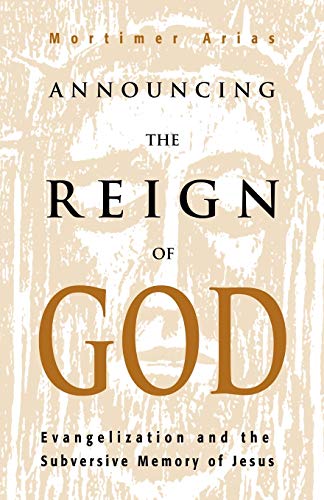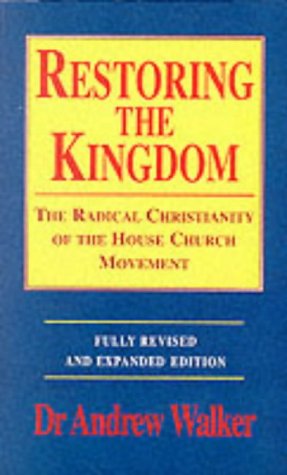The translation of a book such as this into English is like the arrival of a long unseen friend. You can now introduce him to your friends who have not had the privilege of encountering him before. They can also experience the fruit of his wisdom.
This volume, which first appeared in its entirety in 1974, is now able to be appreciated by those to whom it was inaccessible in German. The next volume, on the patriarchal narratives, appeared in English in 1985 and the last volume, on the Joseph story, will soon follow. Their arrival is most welcome.
While not quite ‘all you wanted to know about Genesis 1–11 but were afraid to ask’, Westermann’s work is probably the most comprehensive on these chapters to date. This was illustrated by the excitement of one reader at Tyndale House at finding an article on a relevant passage which Westermann had not cited. The bibliographic scope in the book is so vast that such an event is remarkable. For example, the list of literature appended to the book’s introduction runs to four pages and some 200 entries, and is immediately followed by a listing of 114 items on Gn. 1:1–2:4a and, more specifically, 1:1–3. Reference is made to research from across the theological spectrum as well as in a number of different languages.
It is in the bibliographies, however, that one notices that, as for the long unseen friend, time has passed and one is getting older. Not only is there a gap of ten years between the German and English publications, but the original fascicles of the German edition were even earlier. The most recent reference in the earlier part of the book is to a 1967 publication, while there is reference later only up to 1975. The latter shows that the translator made some minor additions, but it is a great pity that more was not done. While the book is a masterpiece and will remain a necessary tool for some time to come, it would have been even more valuable if a completely new edition could have brought it up to date. After all, two decades, or even one, is a long period of time in biblical interpretation, especially concerning such key passages as those discussed here.
Following a table of contents which is expanded over the German original, thus making the book more accessible, and two forewords, the author introduces the ‘Story of the Primeval Events’. He points out the equal importance in this passage of both narrative and genealogy and gives a detailed introduction to each, including a comparison with similar genres inside and outside the Bible, closing with a brief discussion of the theological significance of the passage. Following the main commentary, a final chapter discusses ‘the formation and theological meaning of the story’, reviewing Pentateuchal research, showing lacks in the Documentary hypothesis and the need and contribution of tradition history. Due to the date of completion of the original, no use could be made of the important recent works of Rendtorff and Schmidt. The book closes with a list of abbreviations and indices of Hebrew words, biblical references, subjects, and names and authors.
The commentary proper follows a set format for each subsection. We will look at 1:1–2:4b, ‘The Creation of the World’. This opens with a bibliography on the passage as a whole and also on 1:1–3, listed in chronological order. Then comes a translation by the commentator with following notes on textual questions. A major form-critical section discusses literary form and tradition history, the structure of the passage and its setting in life. A verse-by-verse commentary proceeds through each word or clause, at times with its own bibliography. It discusses grammatical (e.g. syntax of 1:1), theological (e.g. creatio ex nihilo; doctrine of God), cultural (e.g. ‘heaven and earth’ in Egyptian), semantic (e.g. the meaning of tōhû) and other similar matters. Here the Hebrew is untransliterated and untranslated, so some knowledge of it is necessary, though its lack can be somewhat overcome by careful study of the comments. There are excursuses on ‘blessing’ and the history of exegesis of 1:26–27. The section closes with a discussion of the passage’s purpose and thrust.
Westermann approaches the text from a strongly historical critical perspective and is especially interested in the history of tradition. Most readers of this review will have presuppositional and methodological questions to ask of the approach, but this book still needs to be consulted for any serious understanding of Genesis 1–11. Due to the date of its composition, questions of canon criticism or rhetorical criticism do not play a significant role, since they are more recent methodologies. Therefore the book needs to be supplemented, but it certainly cannot be replaced or ignored. We look forward with anticipation to the next two volumes.
David W. Baker
Ashland Theological Seminary







